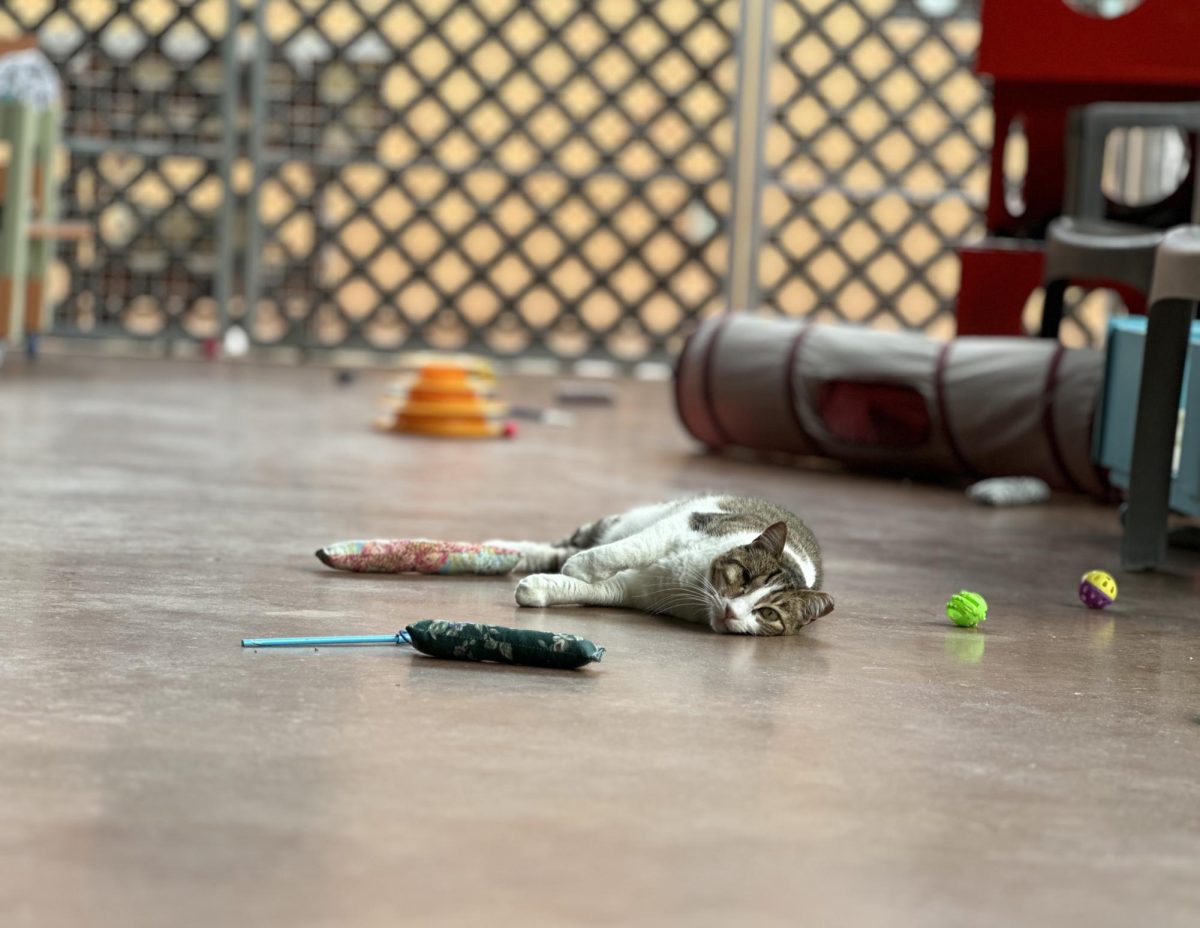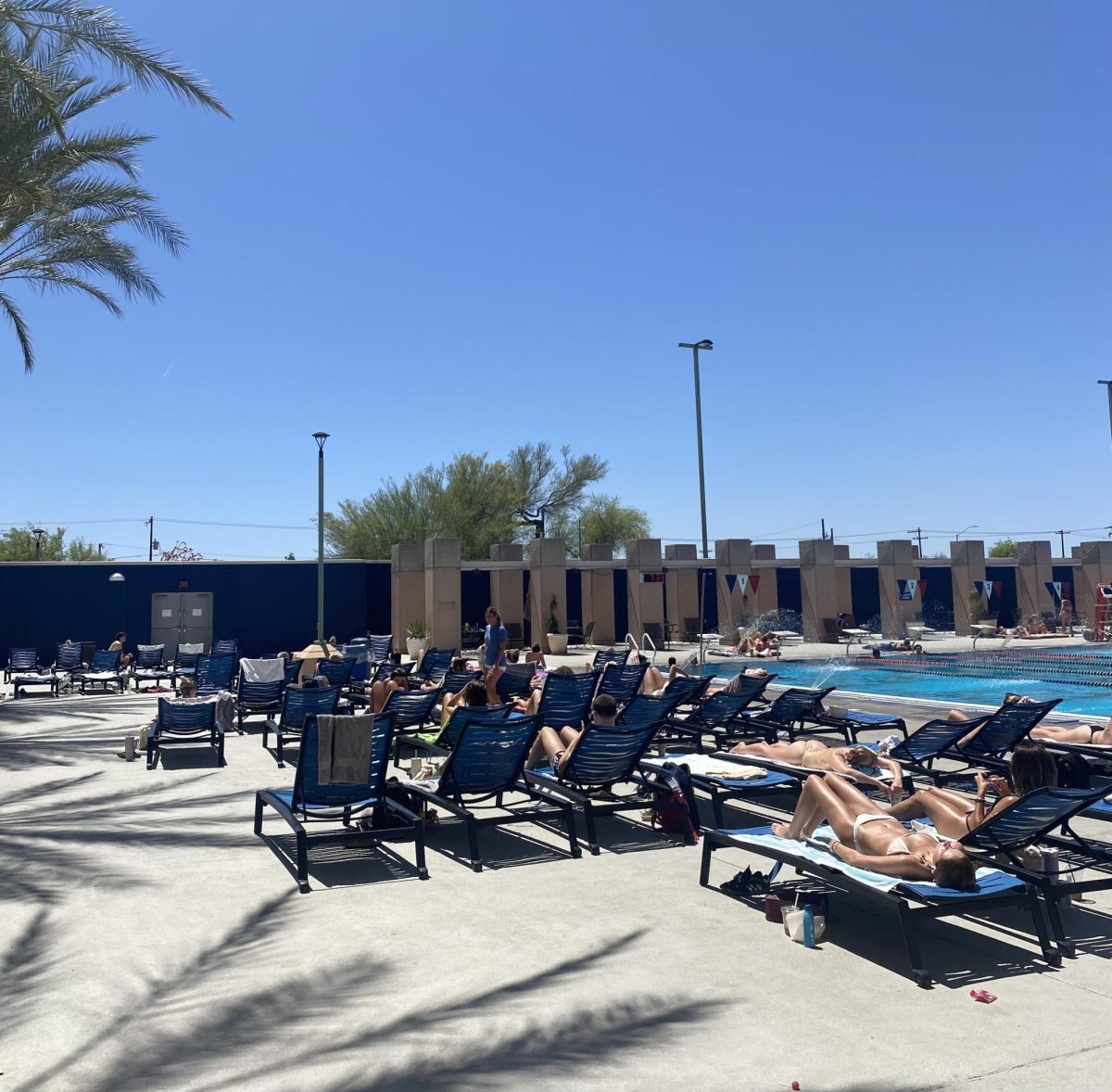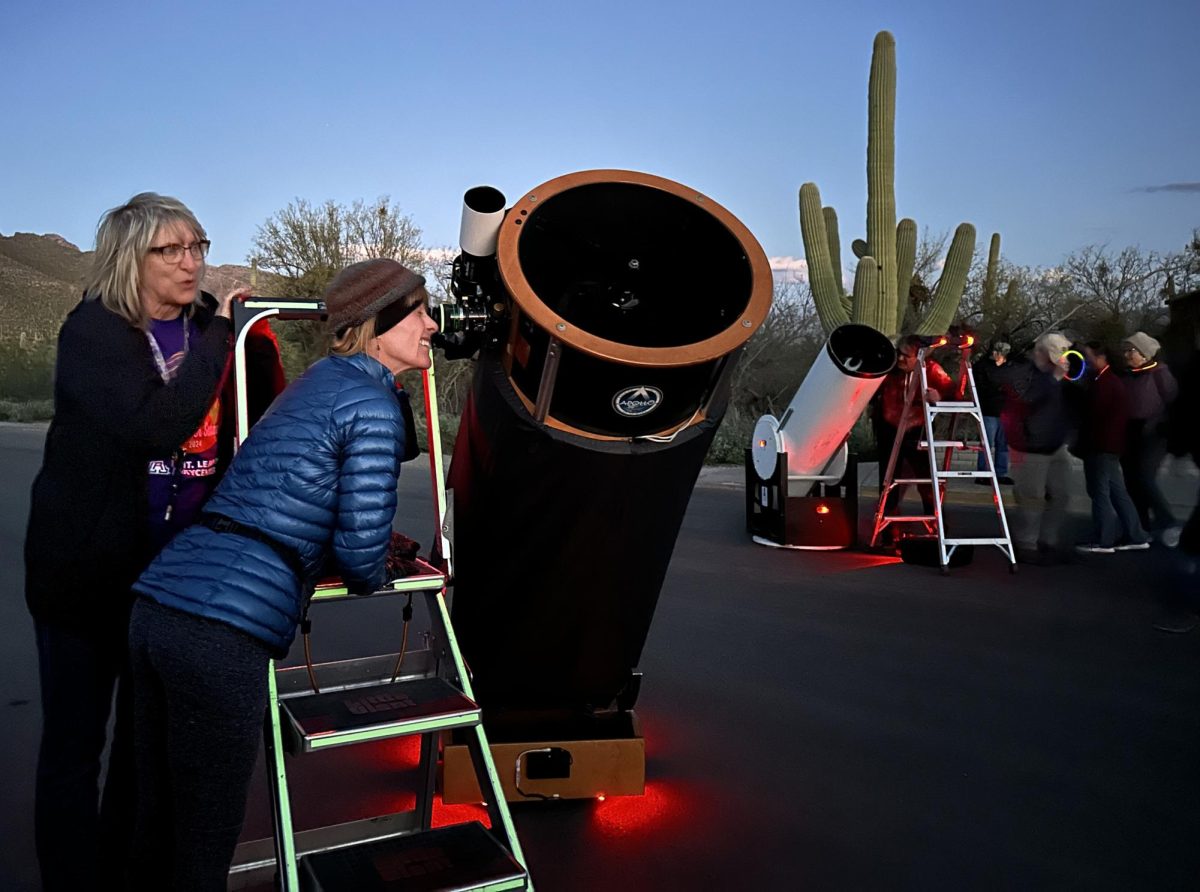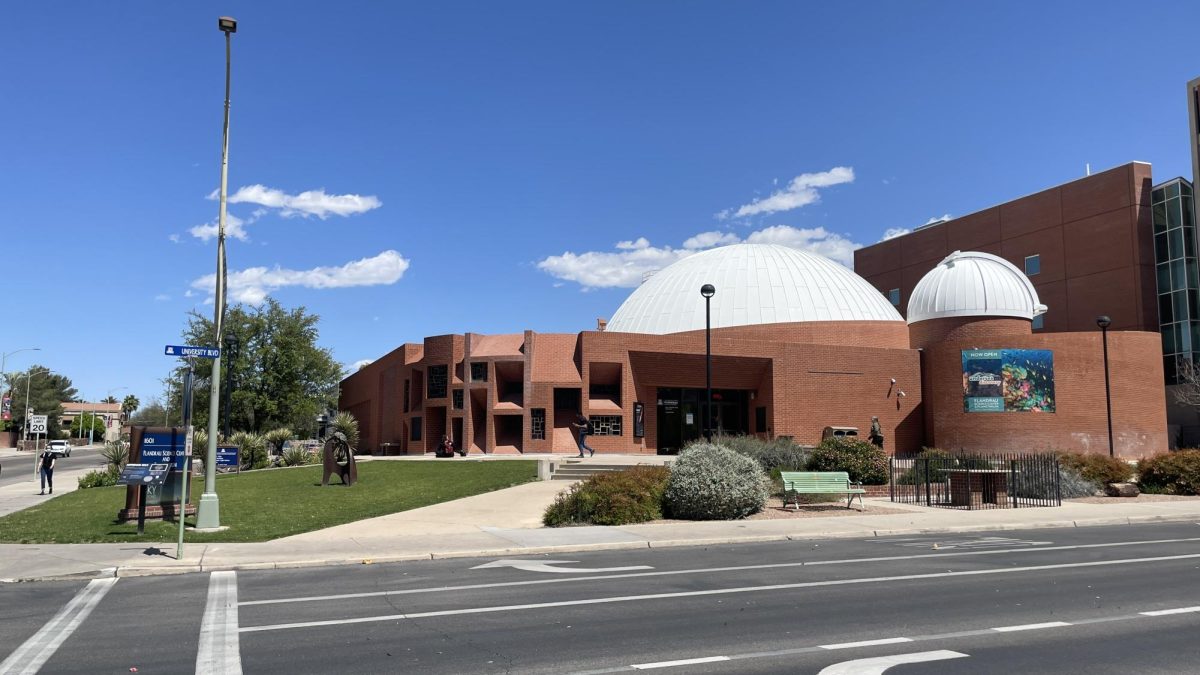For the first time in more than eighteen years, a UA student-led and built satellite will be launched into space.
The satellite, CatSat, will join 10 other student-made CubeSats that are part of NASA’s CubeSat Launch Initiative (CSLI) program. CatSat will take high-definition images of the Earth and use high-frequency amateur radio beacons to probe the structure of the Earth’s ionosphere. The ionosphere contains clouds of charged particles, influences short-wave radio communications on Earth, and marks the boundary between Earth’s upper atmosphere and space.
CubeSats have been developed as a low-cost way for educational institutions to conduct demonstrations and investigations in space.
“This mission is important because it gives us real working experience for how satellite missions work,” said Walter Rahmer, an optical science and engineering student at UA.
A dozen UA students built the satellite over four years. FreeFall Aerospace and Rincon Research Corporation provided critical components and assisted in development and testing.
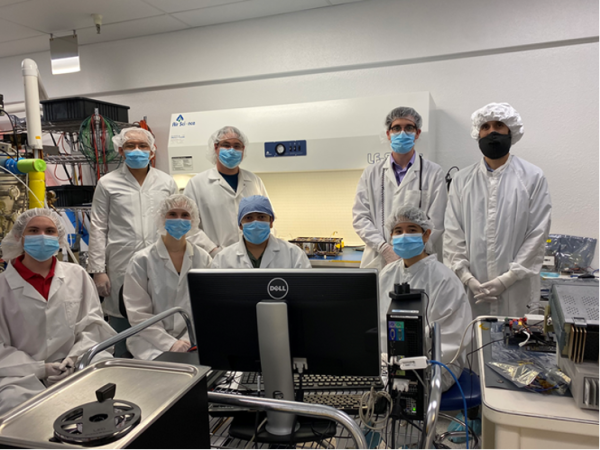
“I’m so excited to see it work after putting so much time and effort into it,” said Del Spangler, a grad student and the lead electrical and software engineer. “It’s been a long time coming.”
Working with CatSat has allowed students to do hands-on research and learn concepts they will use in their jobs as engineers or in other areas of employment.
CatSat is a small satellite about the size of a “family-sized cereal box” with an inflatable communications antenna that looks like a beach ball.
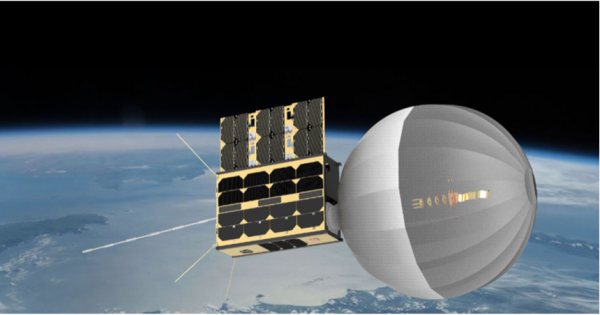
If the inflatable antenna works correctly, other missions will use it.
“We want more data about our ionosphere,” said Shae Henley, a UA senior and the lead integration and testing engineer. “Even though it is a part of our atmosphere, there’s not a ton of stuff we know about it. So, this will be a super helpful experiment. It will allow us to get radio waves through the ionosphere and then how changing solar activities affect the atmosphere in real-time.”
CatSat needed to undergo several tests to be space-ready, mainly at the Drake Building, the former home of the OSIRIS-REx mission.
Once the team built the satellite, they started testing it in a thermal vacuum chamber, which simulated the environment the spacecraft would encounter in space.
After the satellite passes those tests, it moves on to vibrational testing. The team places the satellite on a shake table, which imitates the shaking of the rocket launch. This testing is the most daunting part because one screw loose can damage the satellite.
CatSat passed the vibrational testing with flying colors.
Following the vibrational testing, the satellite underwent additional software testing to ensure it knows what to do in space.
Once launched, the satellite will spend at least six months detecting high-frequency signals from amateur (ham) radio operators with its whip (WSPR) antenna and software-defined radio. This information will be sent to Earth using the inflatable antenna.
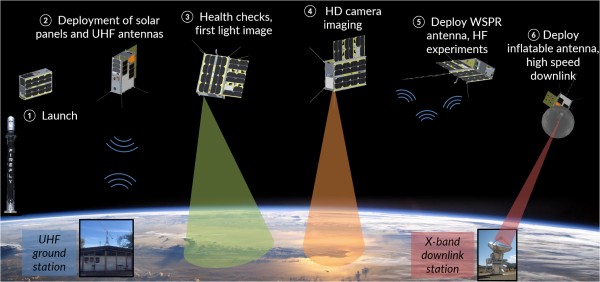
The satellite will orbit Earth in around 90 minutes (16 times daily). However, the satellite will only be available to UA ground operations approximately twice daily for 10 minutes.
The satellite will be launched from Vandenberg Space Force Base atop a Firefly Alpha rocket in early summer.
Arizona Sonoran News is a news service of the University of Arizona School of Journalism.











